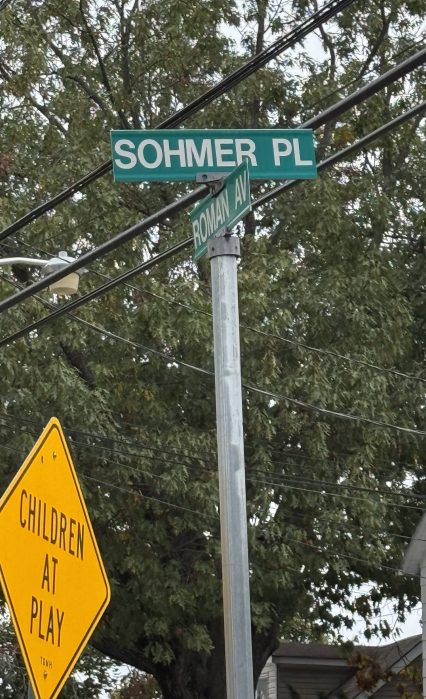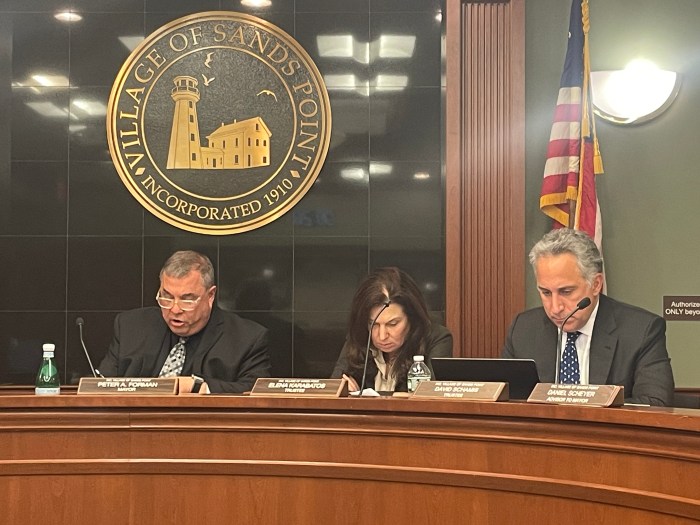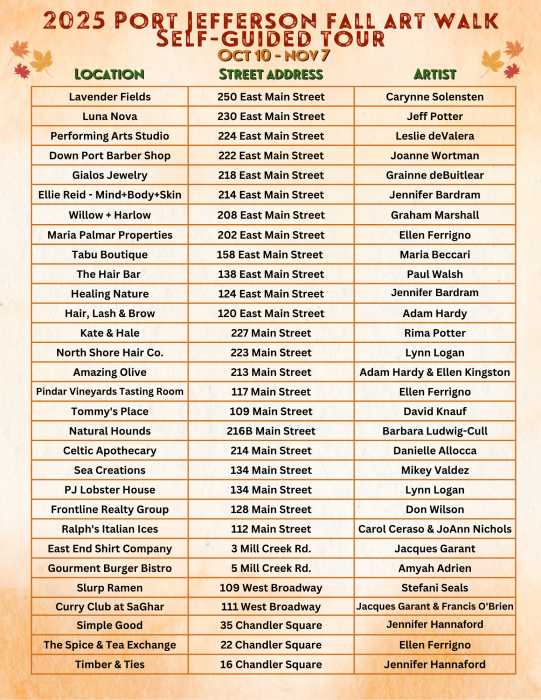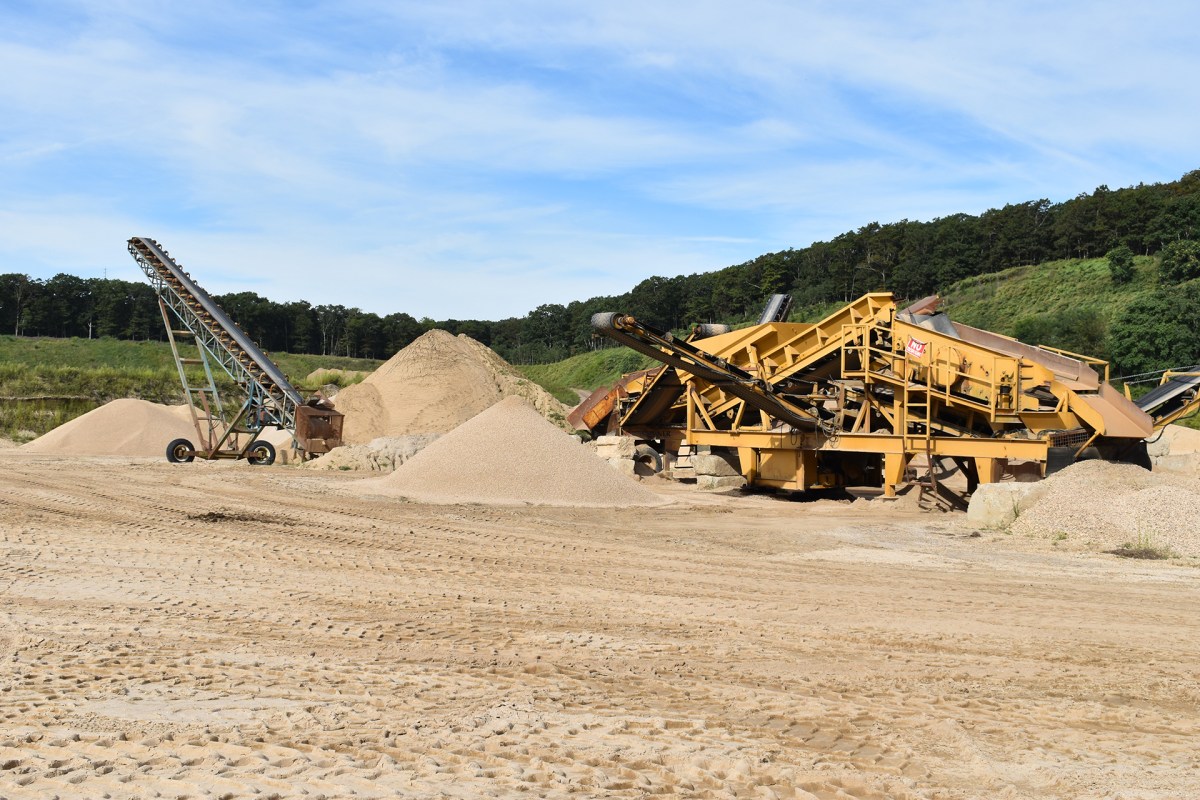The Great Neck peninsula has evolved significantly since the 19th century, transitioning from farmland to an affluent suburban collection of incorporated villages. Each incorporated village reflects a wave of development and community self-determination across decades. Here’s a historical overview, in chronological order:
Great Neck Estates (Incorporated 1911)

- The Village of Great Neck Estates was the second village on the peninsula, established in 1911 to assert home-rule authority over zoning and services.
- Its formation marked the beginning of local governance distinct from the Town of North Hempstead. That continued into the 1920s as the village managed growth, handled architectural reviews and maintained its residential character.
Saddle Rock (Incorporated 1911)
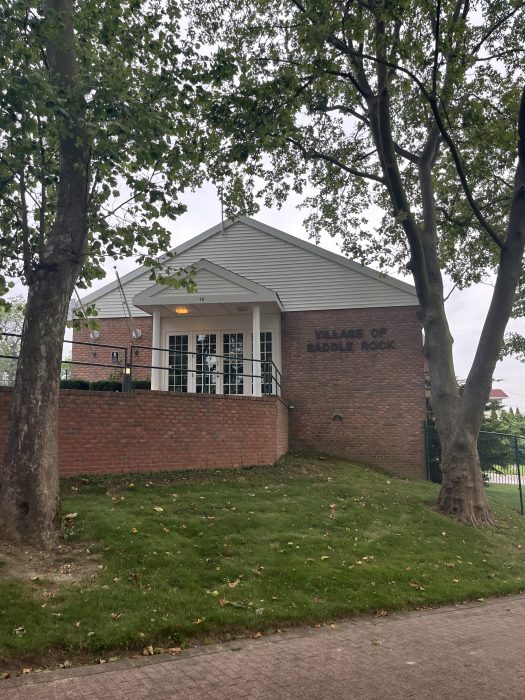
- Also in 1911, Saddle Rock became a village separate from the larger area. Roswell Eldridge annexed his private estate—centered around the historic Saddle Rock Grist Mill—to create the village.
- The grist mill, dating to around 1700, remains a historic landmark. In 1926, Eldridge’s wife Louise Udall Skidmore Eldridge assumed office as the first female mayor in New York State—a notable shift in local politics.
Village of Great Neck (Incorporated 1922)
- The Village of Great Neck, also known as “the Old Village,” formalized its incorporation in 1922, roughly 2,000 years after its first settlement in 1644.
- Spurred by growing suburbanization following commuter rail access, the village aimed to preserve local control and shape its future through zoning and land use policies.
Kensington (Incorporated 1921)

- Kensington, named after London’s famed gardens, was incorporated in late 1921 to maintain its exclusive, enclave-style residential identity.
- It featured features like private parks, tennis courts and protective covenants—echoing the era’s garden suburb movement.
Kings Point (Incorporated 1924)

- The Village of Kings Point entered the fold in 1924. Drawing significant interest from affluent New Yorkers, including those from the Vanderbilts, it epitomized the opulent “Gold Coast” estates.
- Strategic incorporation allowed residents to enforce zoning controls and manage rapid development.
Great Neck Plaza (Incorporated 1930)
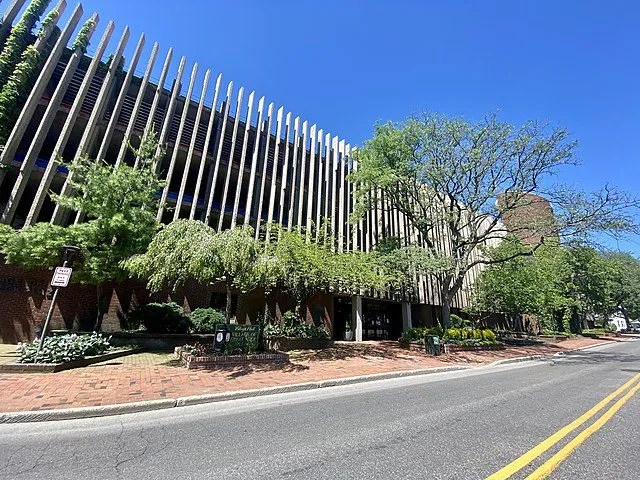
- Great Neck Plaza formalized integration in 1930, acting as the downtown commercial hub. The new incorporation facilitated management of local businesses, traffic and services.
- It also coordinated preservation efforts, particularly around its landmark LIRR station (built 1925) and historic Main Street areas.
Lake Success (Incorporated 1927)
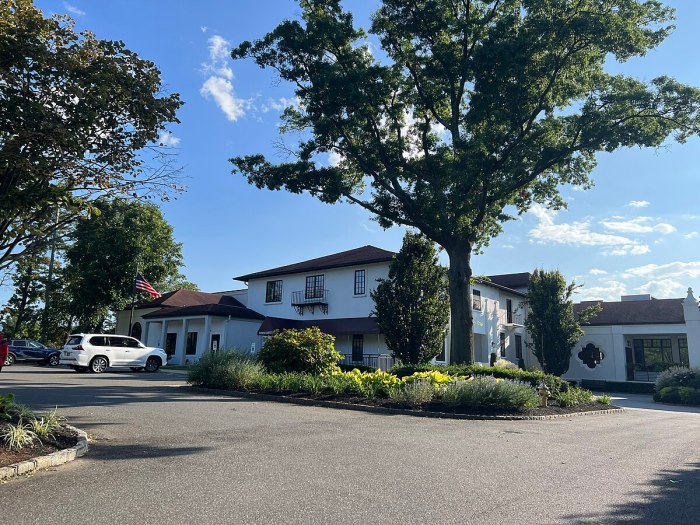
- The Village of Lake Success, carved out of the peninsula, became its own entity in 1927 to ensure local control over zoning and residential development.
Russell Gardens (Incorporated 1931)
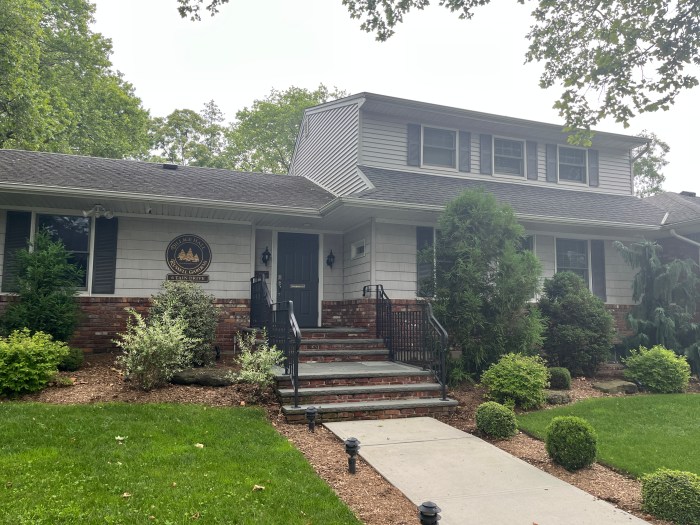
- Russell Gardens followed shortly in 1931, the last of the Greenway-style villages, combining careful planning, restrictive covenants and high-quality landscaping.
- These features attracted professionals seeking structured suburban living.
Thomaston (Incorporated 1931)
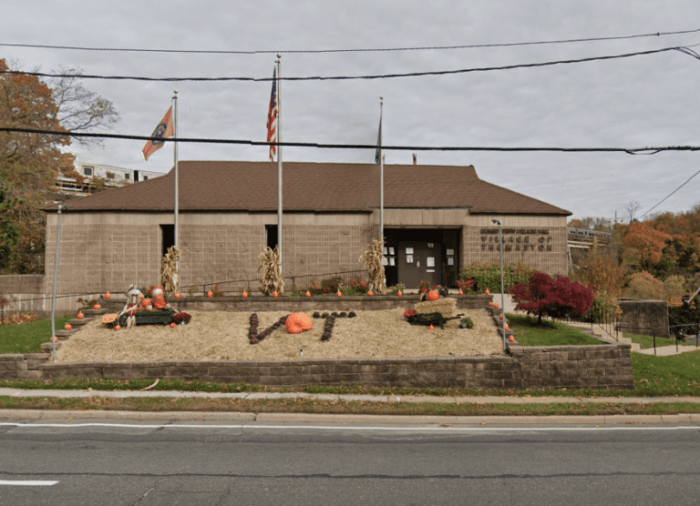
Thomaston became the final village to incorporate in 1931. Incorporated village governance promised autonomy in taxes, services and public works.





